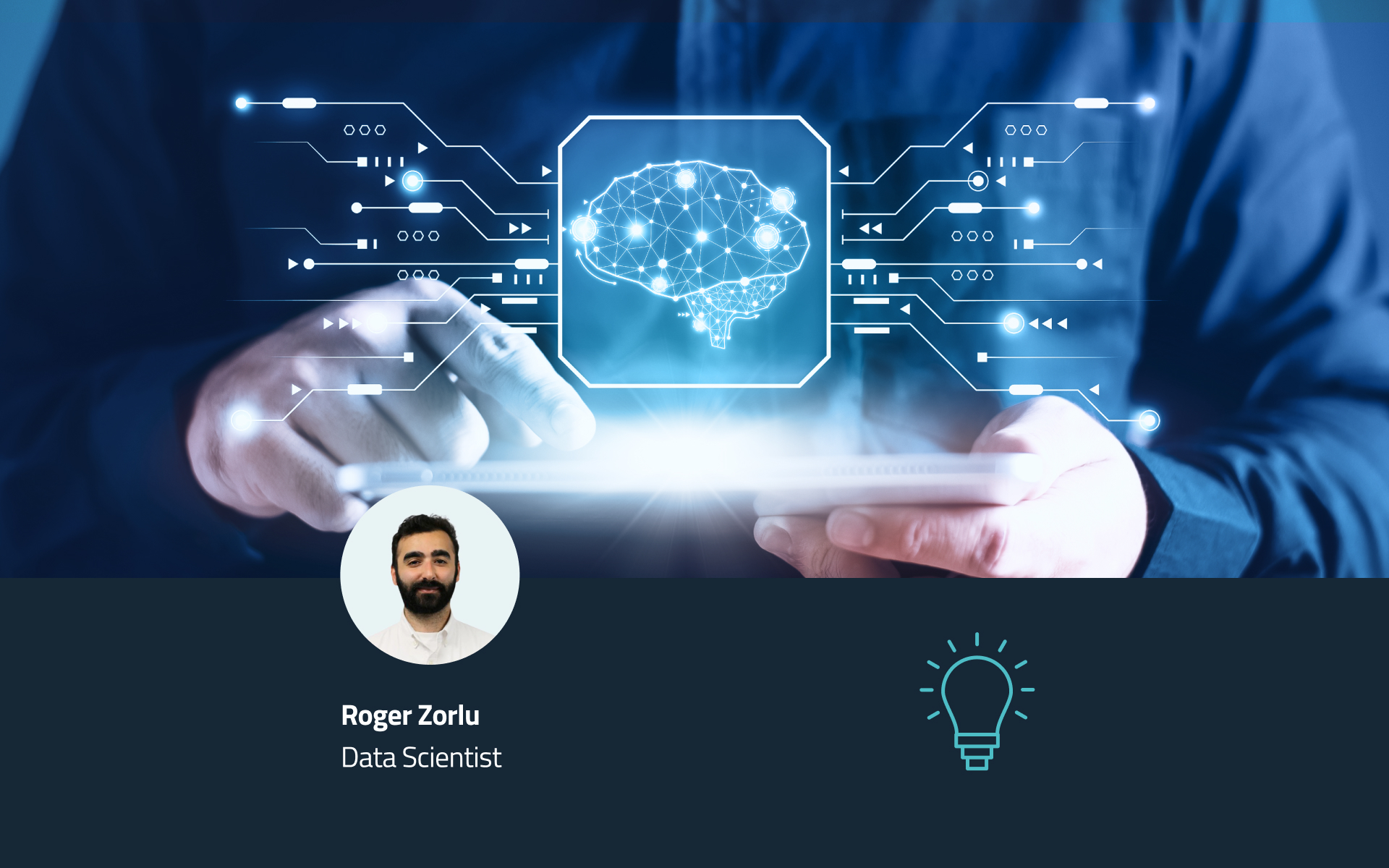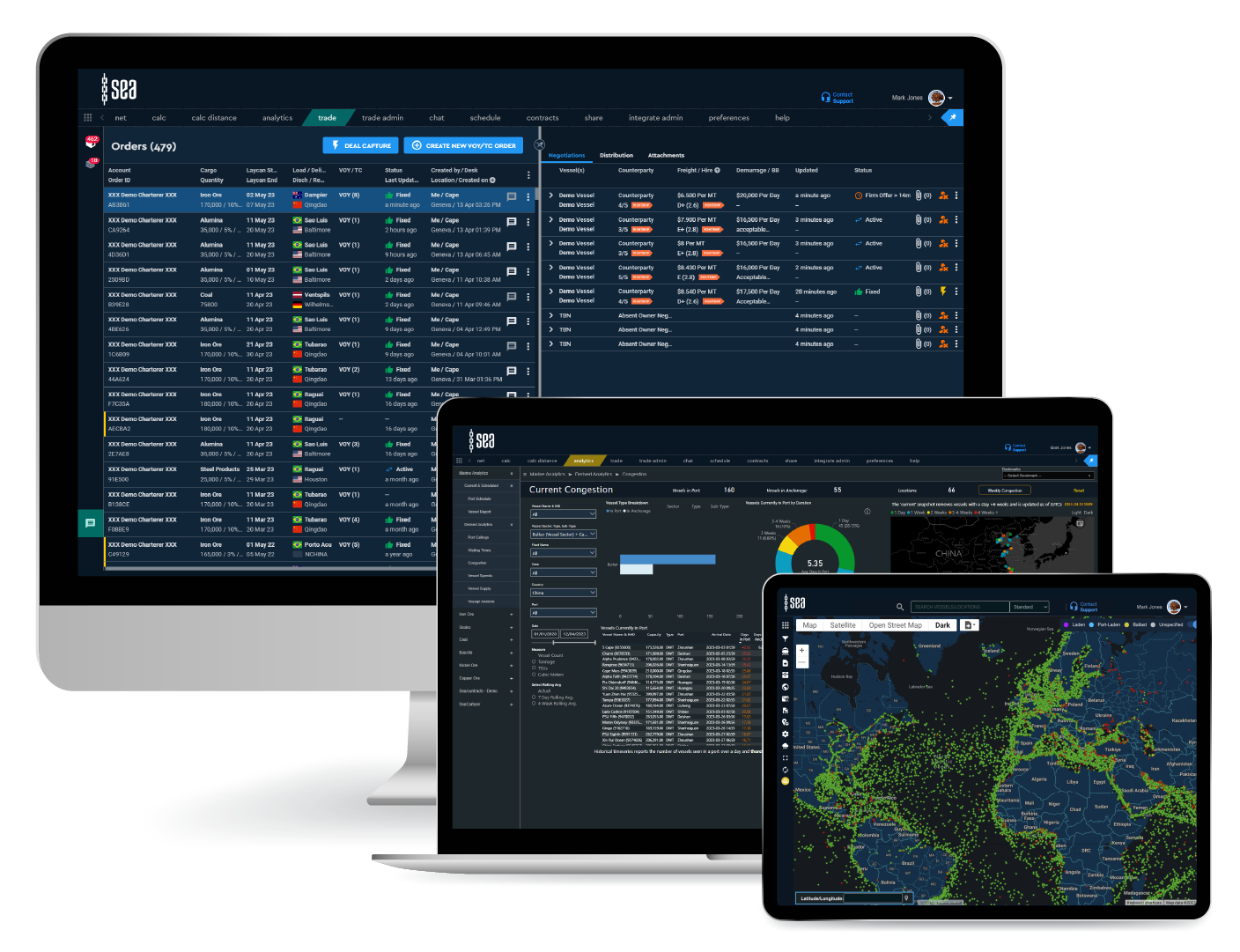
In our previous blog in this series exploring our insights from the Generative AI Summit we spoke a lot about digitisation and foundational data models, and how AI builds on these bases to bring the maritime industry into a technological era. In this second instalment, we’ll cover another key insight of this journey: the importance of user experience (UX). AI systems must be designed with a human-centric approach to ensure solutions go beyond being simply functional, and that they are both user-friendly and trustworthy.
If data models are the foundation, then UX is the interior design for applications. Human-centric AI design enhances usability and overall effectiveness for users, in the same way that good furnishings and decor make a home liveable and comfortable.
Seamless experiences build trust
GenAI applications should prioritise creating a smooth user experience. They should aim to make complicated interactions simple and easy to understand, particularly as AI remains divisive and many are sceptical about its value. This scepticism is likely to continue if the technology continues to be inaccessible and difficult to understand.
To address this, we need to be designing interfaces that are easy to navigate and understand. More importantly, we must ensure that all AI outputs are transparent and explainable. Typically, data scientist units do not engage with UX, users and stakeholders until the later stages of the design process, if at all – which can be a mistake. By involving these parties’ continuous input, developers can tailor AI solutions to their users’ needs, address any concerns about the use of AI technology, and check outputs at regular intervals.
Reducing bias
Another important point raised at the Summit was that AI design should also incorporate diverse perspectives to minimise bias and ensure that the technology benefits all users. It’s important to acknowledge that eliminating bias entirely is usually impossible due to inherent human and societal biases. This means we must actively work to reduce subjectivity, scrutinise the models we use and the biases they may produce and avoid replicating them.
Involving the whole business and community in the design process can help ensure that AI systems are fair and inclusive, and this approach has sparked a common idea of creating cross-functional AI feedback teams which many firms have started to adopt and recommend.
What this means for our AI journey
We were very inspired by these themes of community and human-centricity. We will make Sea’s approach to AI as user-centric as possible as we stride towards establishing the intelligent marketplace for fixing freight.
After all, creating a one-stop shop to manage pre-fixture workflows is impossible without human-centricity and a good user experience. These elements ensure the platform is intuitive and effectively meets the diverse needs of our users across the pre-fixture ecosystem. This way we can provide a seamless experience and work with our customers to create the products they need.
Now that we’ve explored what’s under the hood of leading AI solutions, and how to create solutions that people can easily work with, the final instalment will touch on how these can be combined to win over internal stakeholders within an organisation. Keep an eye out for our third and final blog, where we’ll discuss how AI demonstrates value to businesses and transforms mindsets along the way.




